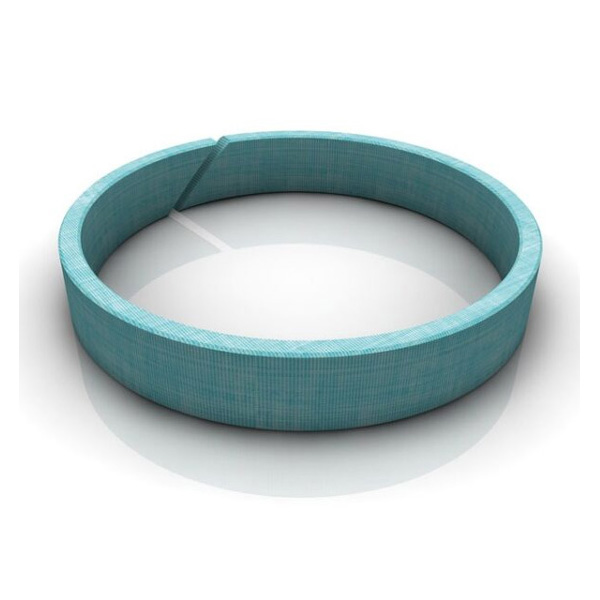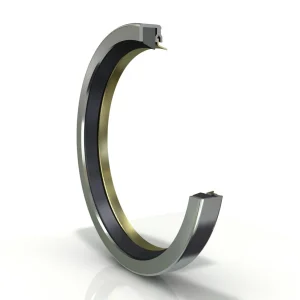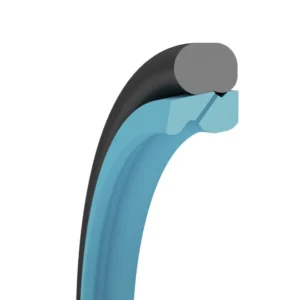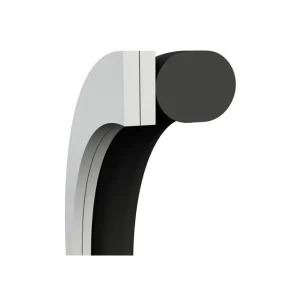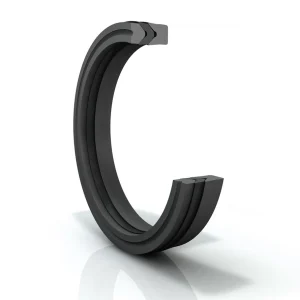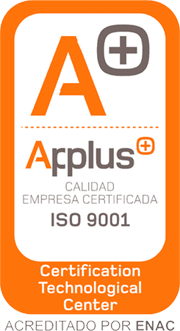Guides are absolutely indispensable elements in the world of hydraulics and pneumatics. They are installed in the rods and pistons of hydraulic and pneumatic cylinders, in order to allow a good guiding between the piston and the cylinder liner or between the rod and the cylinder head. The use of guides avoids damage caused by contact between metal surfaces.
In addition, the guides must allow smooth, straight movement with as little friction as possible to minimize energy losses due to friction as much as possible . For this reason, you must select the correct material for the guides. In this article we aim to make your decision making a little easier.
Materials for guides in hydraulic or pneumatic cylinders
The main materials for guides in hydraulic or pneumatic cylinders are:
- PTFE loaded with carbon.
- PTFE loaded with bronze.
- Resin with fabric.
- Thermoplastics, including polyamides and acetal resins.
The first thing to keep in mind when selecting the most appropriate material for the guide is that friction between moving parts of a mechanism is a matter of two. That is to say, you must take into account the materials between which the friction will occur: the guide itself and the contact surface on the cylinder, usually a metal.
We will choose the PTFE + Carbon guide when the contact is with a non-ferrous metal (aluminum, copper, brass alloys, lead, nickel), or in contact with plastic materials, which is becoming more and more common in the world of pneumatics. The PTFE + Carbon guide material is particularly suitable for pneumatic applications or in poor lubrication conditions, as the air in the pneumatic system often contains moisture. In this case the contact between bronze, water and other metals can generate corrosion.
On the other hand, the PTFE + Bronze guide material is indicated when the contact surface is ferrous metal (iron, cast iron and steel) and preferably with oils or lubricating fluids. This usually occurs in hydraulic cylinders.
Another reason for using PTFE-based guides is high temperatures. However, you must take into account that, although its temperature limit is higher than the rest of the guide materials, its mechanical resistance decreases with temperature.
The guides made of fabric-reinforced resin and thermoplastics are suitable for those cylinders that work with high compression loads on the guide itself. In these cases, these materials resist wear much better than PTFE guides.
Available sizes of guides on hydraulic or pneumatic cylinders
Bronze or graphite filled PTFE guides are usually supplied in the form of an open ring, i.e. with a cutout for easy installation in the cylinder. These guides are preformed to better adapt to the required dimension.
Guide tapes or bands are also available in rolls of variable lengths, in sections and widths to cover any application. This allows the installer to cut the required length on each cylinder.
In the case of fabric-reinforced resin guides , they are usually supplied in the form of a shaped ring or spiral. The latter exist in both metric and inch dimensions.
Additionally, in our production workshop we can manufacture guide rings in both filled PTFE and thermoplastics, either in rectangular sections or special shapes, such as T-sections, L-sections or special shapes to drawing. We are able to manufacture guides in a very short time up to 600 mm diameter, depending on the availability of raw material in our facilities.
We offer this product from our represented company Trelleborg S.S.
Download below the technical documentation in pdf format with all the characteristics of these products:
Trelleborg guide catalog
